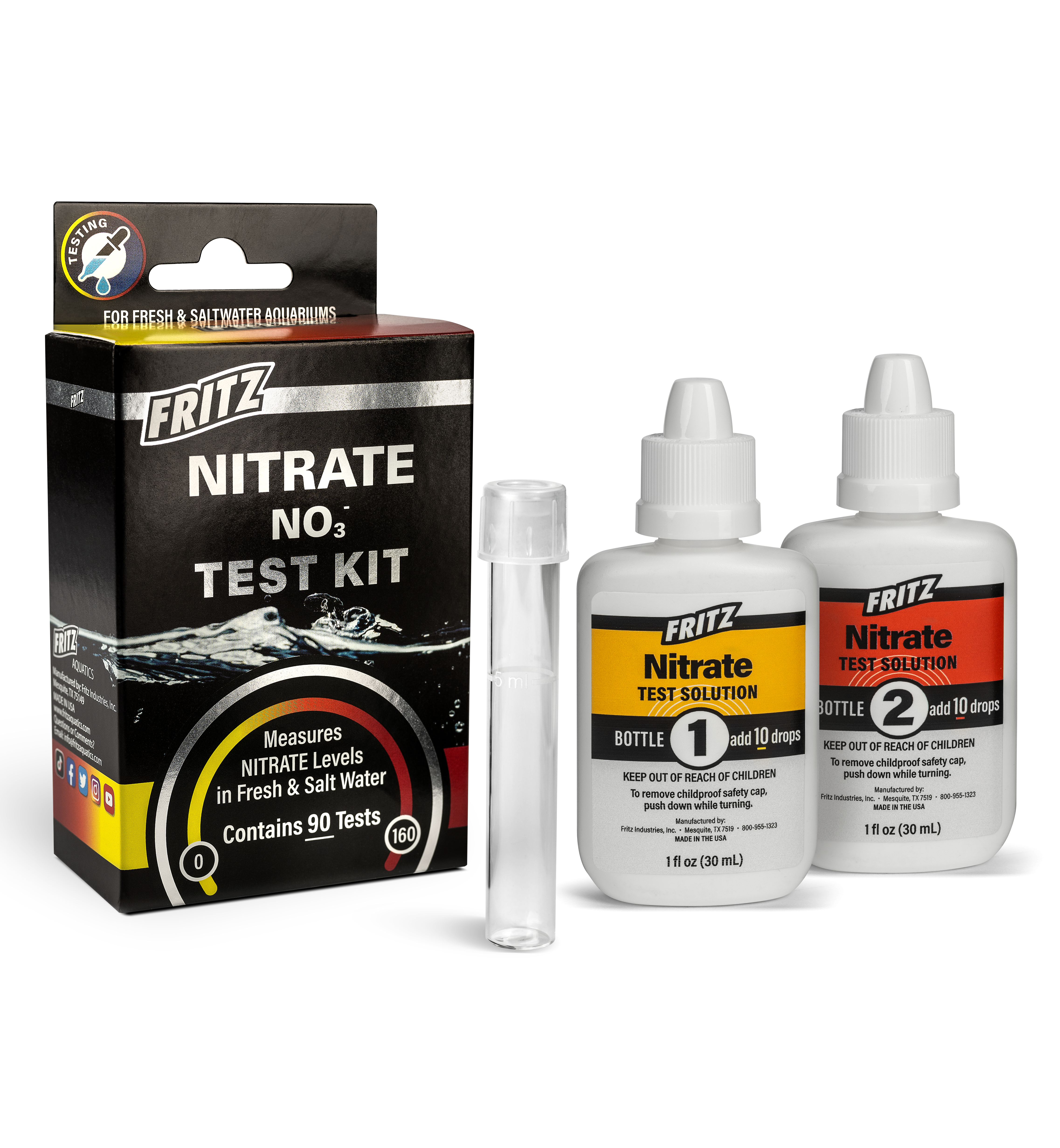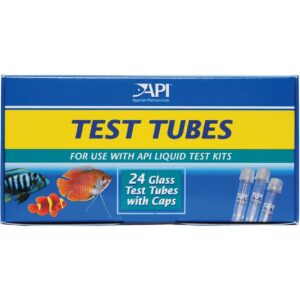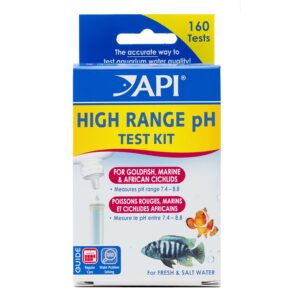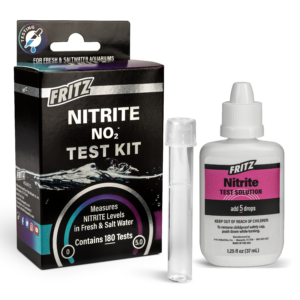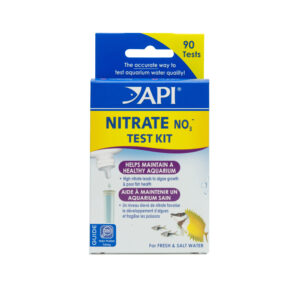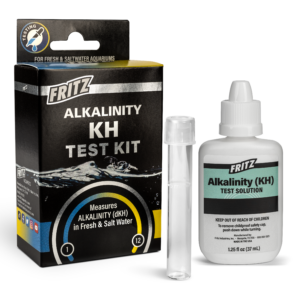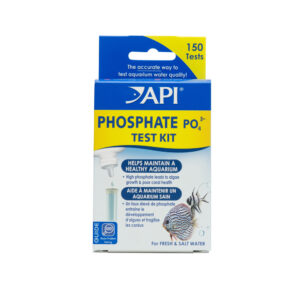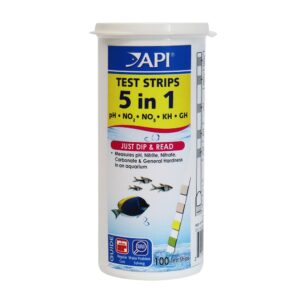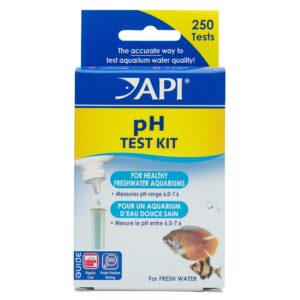-
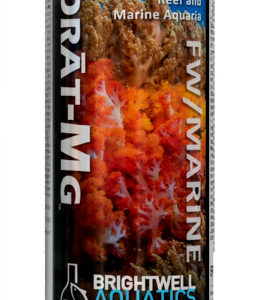 Brightwell Hydrat-Mg 250ml
×
$8.291 × $8.29
Brightwell Hydrat-Mg 250ml
×
$8.291 × $8.29 -
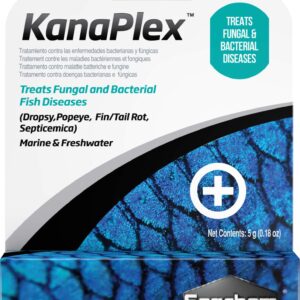 Seachem KanaPlex - 5g
×
$8.131 × $8.13
Seachem KanaPlex - 5g
×
$8.131 × $8.13 -
 Brightwell Replenish 500ml
×
$27.231 × $27.23
Brightwell Replenish 500ml
×
$27.231 × $27.23 -
 Brightwell Magnesion 250ml
×
$8.861 × $8.86
Brightwell Magnesion 250ml
×
$8.861 × $8.86 -
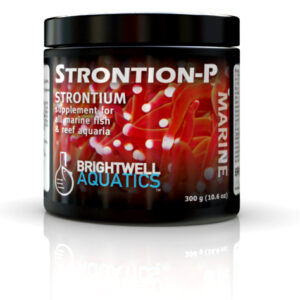 Brightwell Strontion-P 150g
×
$18.311 × $18.31
Brightwell Strontion-P 150g
×
$18.311 × $18.31 -
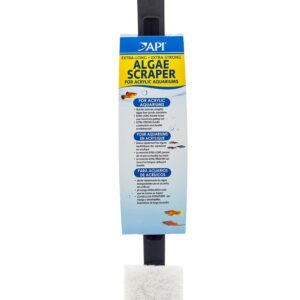 API Algae Scraper for Acrylic, XL
×
$9.181 × $9.18
API Algae Scraper for Acrylic, XL
×
$9.181 × $9.18 -
 API Calcium Test Kit SW
×
$13.981 × $13.98
API Calcium Test Kit SW
×
$13.981 × $13.98 -
 Naturescapes Redmoor Root Lg 24"-36"
×
$89.041 × $89.04
Naturescapes Redmoor Root Lg 24"-36"
×
$89.041 × $89.04 -
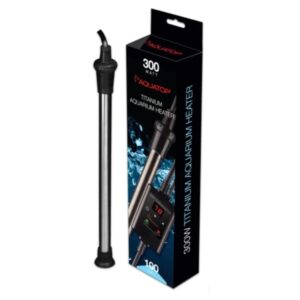 AquaTop 300W Titanium Heater
×
$79.991 × $79.99
AquaTop 300W Titanium Heater
×
$79.991 × $79.99 -
 Brightwell Razor Freshwater - 250ml
×
$12.251 × $12.25
Brightwell Razor Freshwater - 250ml
×
$12.251 × $12.25 -
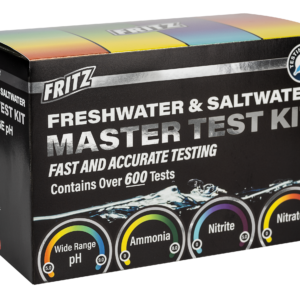 FRITZ Master Test Kit
×
$36.741 × $36.74
FRITZ Master Test Kit
×
$36.741 × $36.74 -
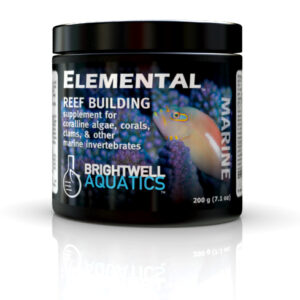 Brightwell Elemental 200g
×
$14.501 × $14.50
Brightwell Elemental 200g
×
$14.501 × $14.50 -
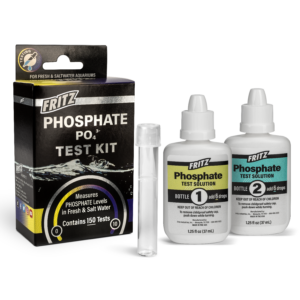 FRITZ Phosphate Test Kit
×
$14.991 × $14.99
FRITZ Phosphate Test Kit
×
$14.991 × $14.99

